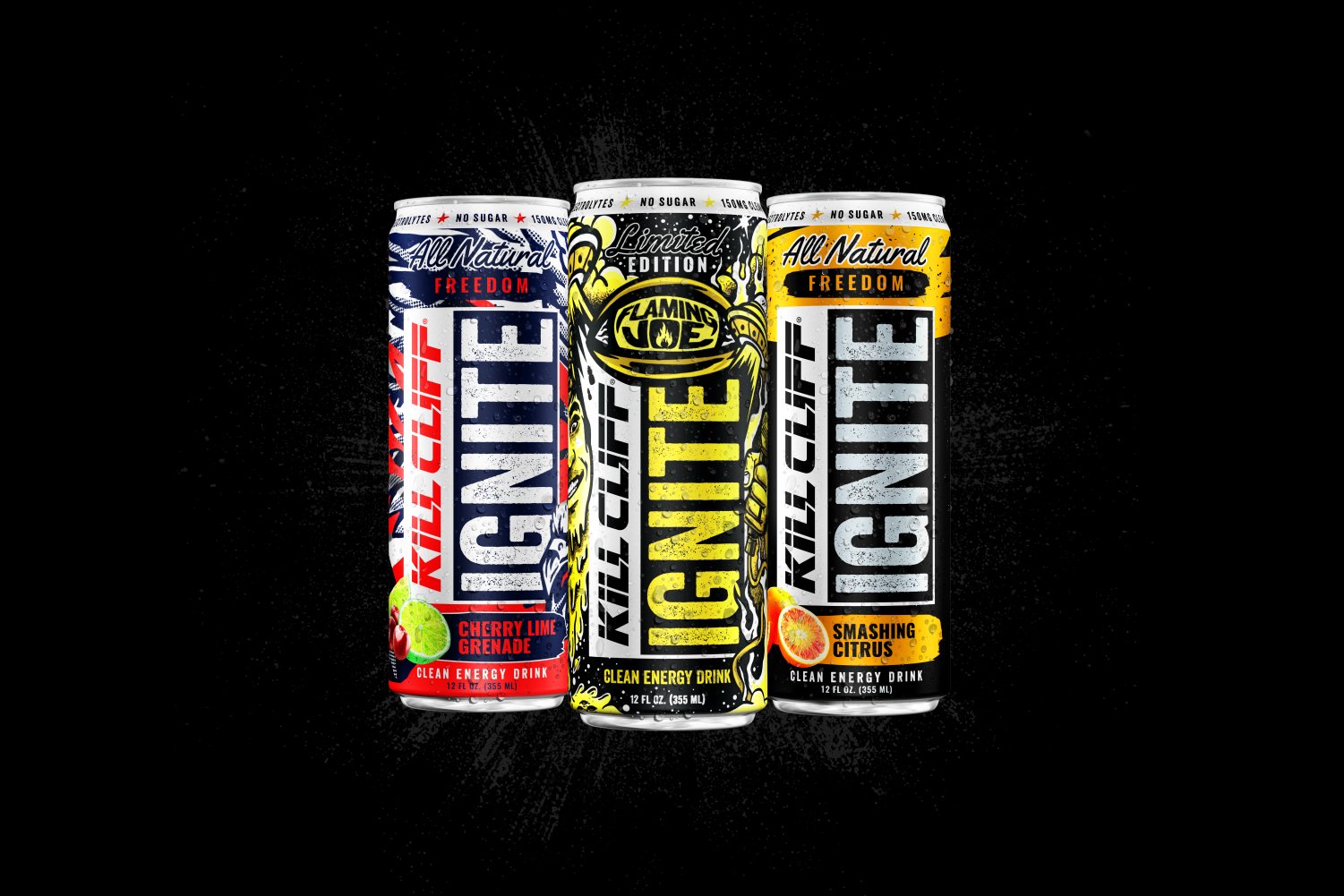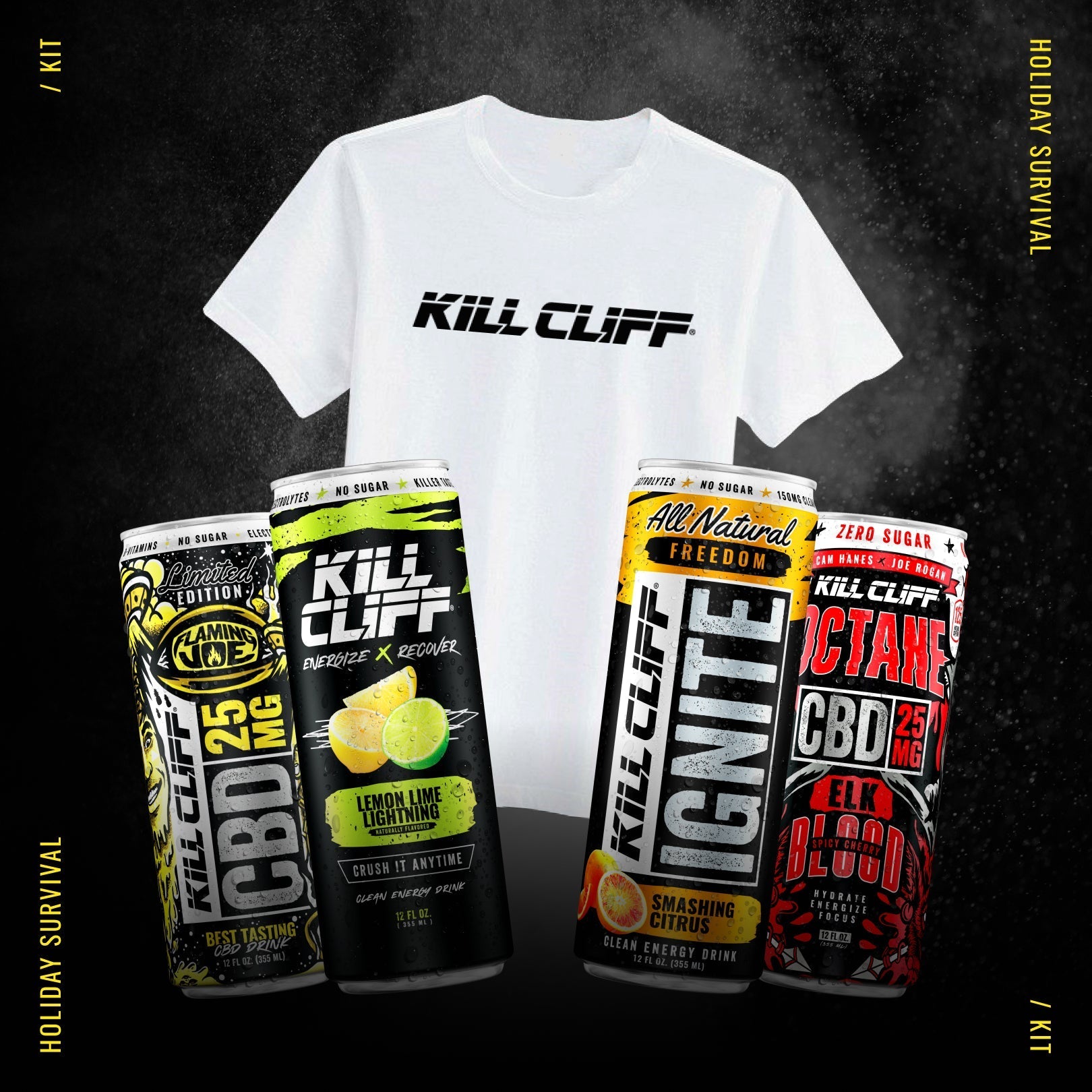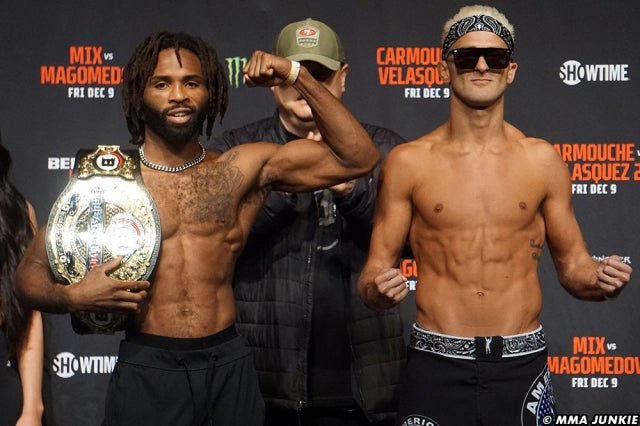
Megan Henry went from a collegiate field hockey player to enlisting in the Army, to being a 2014 Winter Olympics hopeful in Skeleton within a few years. Her dedication to fitness and athletics makes this no shock. Her dedication to her athletic career was tested when she suffered a life-threatening blood clot. She has since come back and is on the Team USA shortlist for the 2020 Winter Olympics.
We got the chance to hear more about her story and here upcoming ventures in Skeleton. Here's our interview with Megan:
KC: You were a collegiate field hockey player and in the United States Army before your bobsled career began. How did you go from field hockey and the Army to Skeleton?
MH: When I first joined the Army, I was recruited by a bobsledder for bobsledding. Elana Meyers-Taylor was looking for the next group of bobsled athletes. She contacted my strength coach from American University and he recommended I try it out. My tryout went really well, but they told me I would need to put on 30 to 50 lbs for bobsledding. I’m pretty short, so I didn’t like the idea of adding that much weight. That’s when I was told to try skeleton, and the rest is history.
KC: You had a good amount of early success in the sport. What do you contribute that to? Did that early success change your mindset about the sport and your goals?
MH: I’ve always really enjoyed competing. I played field hockey for all four years in college. I even walked-on to the track team. Even in the Army, I made it a point to be a leader and get in the best shape I could even though distance running is not my forte. I saw skeleton as a chance to continue my athletic career. I want to be an athlete forever in some capacity - it is such a great opportunity to grow physically and mentally. The military was an opportunity to do that as well. Both my love of competing and really enjoying the preparation and hard work outside of competition contribute to my success in skeleton. My mentality was that my limitations are well beyond what I think they are and that there is no reason to not take a chance on seeing what they are.
KC: After all of that early success, you had a life-threatening pulmonary blood clot that knocked you off the path to the 2014 Winter Olympics. What was the process of bouncing back from that and getting back to achieving your goals?
MH: That was very hard for me. Experiencing blood clots flipped my world upside down. I think it put me into a bit of a depression. I was told that I may never be an athlete again, that my life may never be the same. As someone who identified as being an athlete, it was very hard to hear. What saved me during that time was focusing on my return to training. I’m not going to accept the worst-case scenario. I decided I was going to paint my own picture of how this story is supposed to go. It was a big lesson for me because I had a lot of people saying this was going to be the worst-case scenario. I went from training six days a week to being bedridden for a week, then being told I can only walk for ten minutes a day. That was a huge change of lifestyle for me. I was in and out of doctors offices three or four times a week, which is obviously much different than what I was doing before the blood clots. If I accepted the projected outcome, I would’ve been depressed for a while. I may be still sitting on the couch if I didn’t set these goals for myself.
KC: With Skeleton being a sport that many people don’t have the resources to even attempt, what is something about the sport that many people don’t know?MH: Well, we’re almost entirely self-funded. With skeleton being such a niche sport, everything costs a lot of money. We travel the world and are our own cooks, therapists, mechanics, travel agents, etc. We’ve adopted these skills to make it work. People think we just jump on a sled and lay there, but there’s a lot more that goes into it. We’re going 80 mph with 5Gs of force, so there’s lots of physical prep for running five seconds and being on a track for less than a minute. Races are won and lost by hundredths of a second. There is a ton of prep for such a little amount of time actually competing. Not to mention, we cannot even actually slide on a track for 6 months a year, which make obtaining the "10,000-hour rule" pretty difficult.
KC: What are your goals for 2019?
MH: For skeleton, we have four home track races coming up. I want to win gold at those and qualify for World Championships in Whistler. I want to win the USA Skeleton National Championships also. I’m also pursuing my Master’s degree in Sports Psychology. The mental side of the sport has always interested me. I’m hoping to make Captain in the Army as well. I am going to apply to be a member of the Army World Class Athlete Program at the end of my competitive season. So 2019 should be pretty busy!
KC: What does Kill the Quit mean to you?
MH: For me, it’s silencing the doubt. It reminds me of the Jekyll and Hyde going on inside of you telling yourself to quit. There’s always a part of you that’s tired and wants to give up. You have to strengthen the positives and you will see incredible results.








